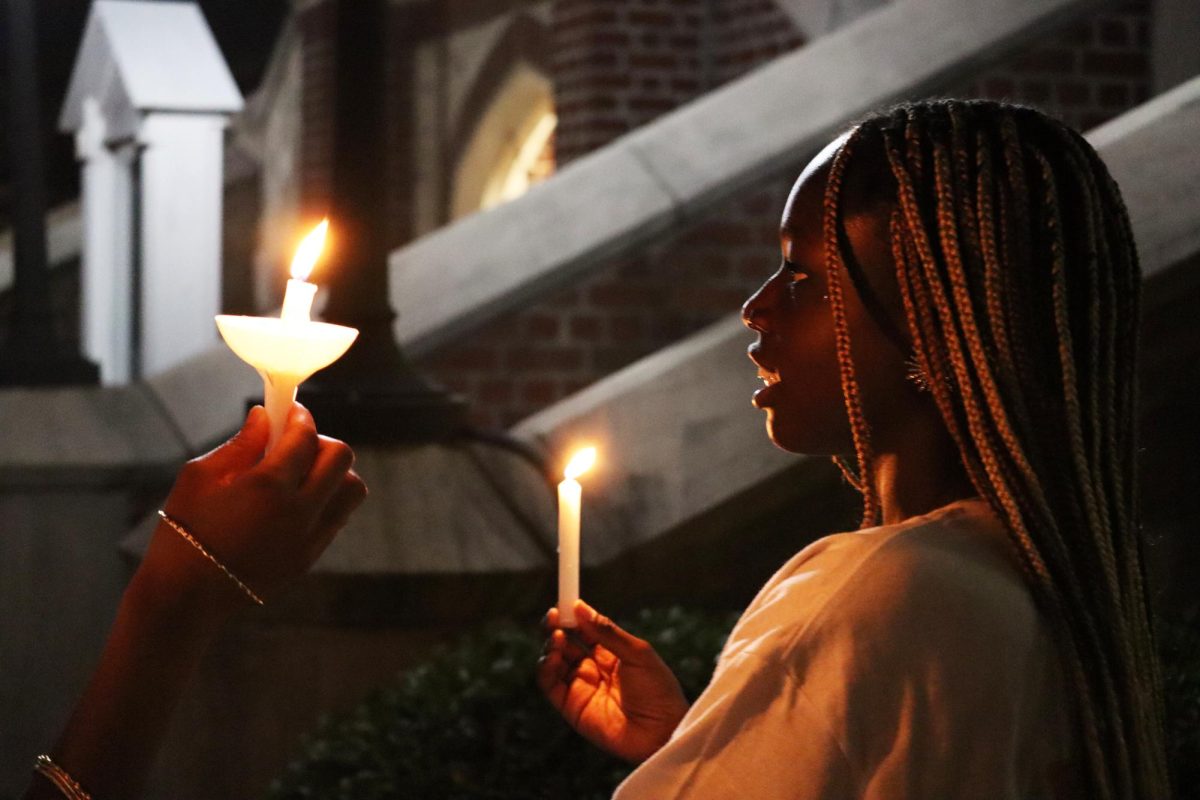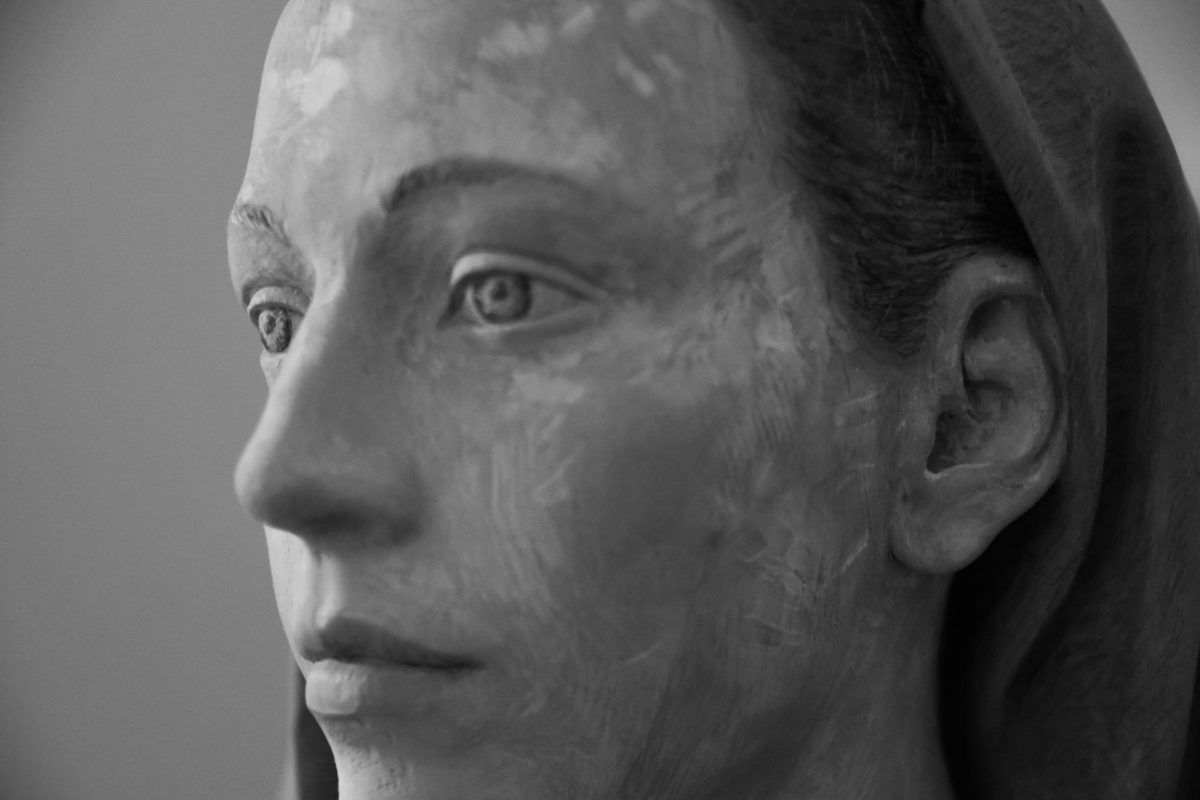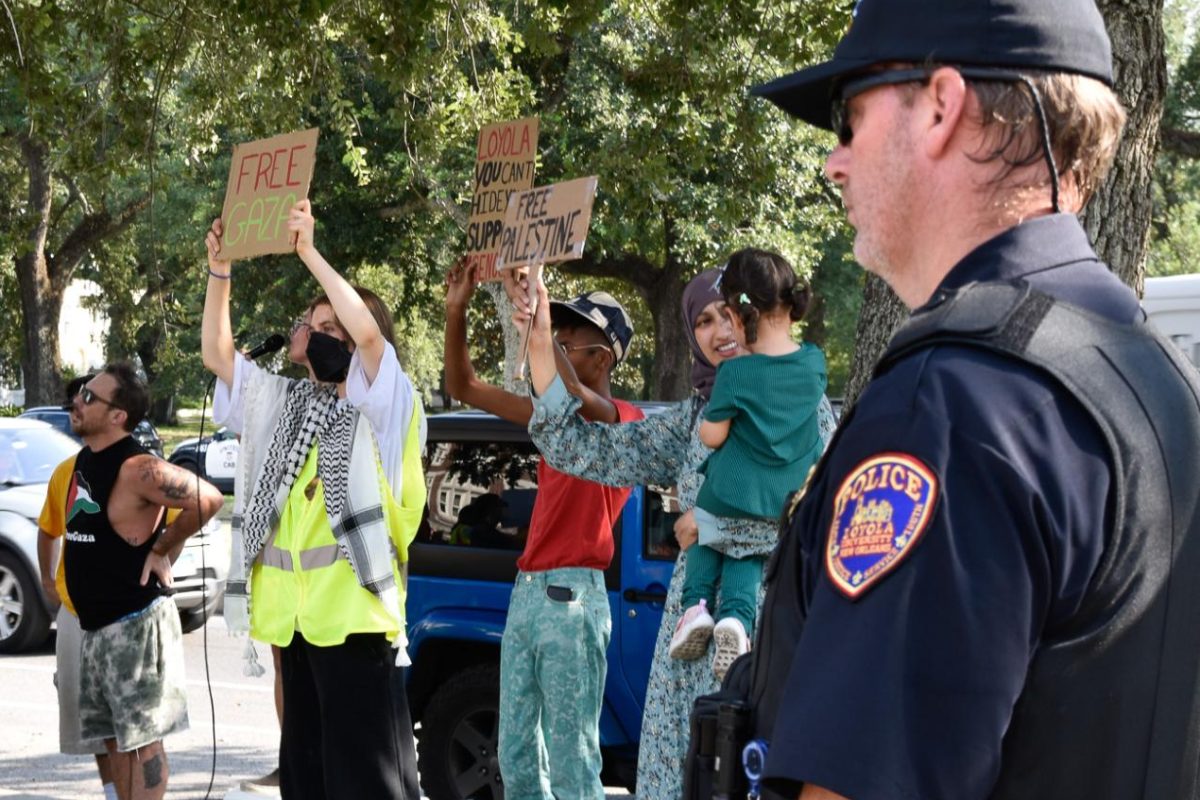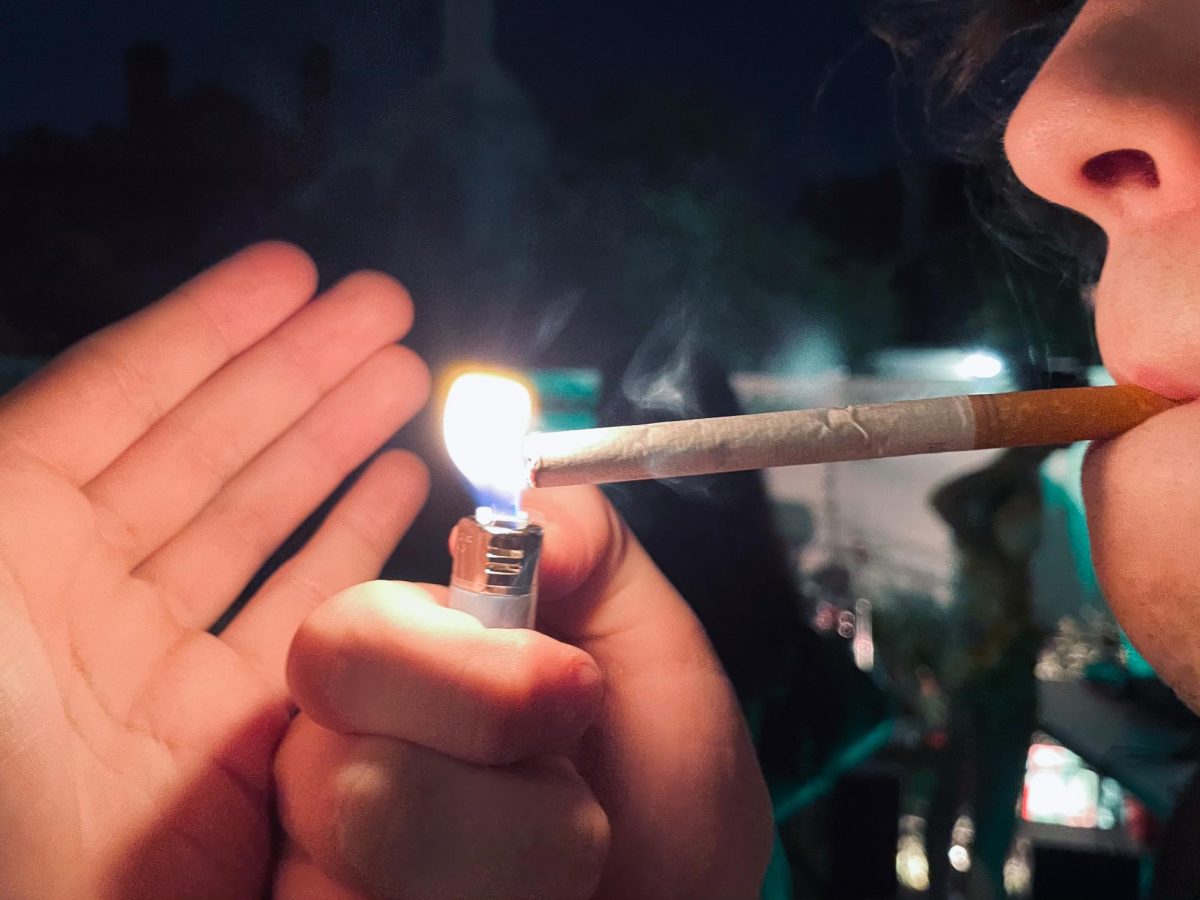After a tense week involving a sit-in, two meetings with the administration and a petition with 148 signatures, the Center for Intercultural Understanding‘s renovation plans are set.
Based on two meetings, one held June 25 and another held the day of the protest, the terms of the CIU renovations which have been contested since September are set: Lisa Martin, the interim director of the CIU, will continue to keep her office connected to the Center; the glass walls will be replaced with solid walls with open doorways, and six television monitors will hang on the wall facing the Peace Quad; and the CIU office will remain in its original spot by the bookstore.
Marketing junior Jasmine Bailey and criminal justice junior Jerina Phillips met with Marcia “Cissy” Petty, vice president for Student Affairs and associate provost, Roger White, vice provost and associate professor of academic affairs, Ted Quant, director of the Twomey Center for Peace Through Justice, and Al Alcazar, founder of LUCAP, to voice their concerns and discuss the situation.
Quant—who runs the social justice center on the Broadway campus—and Alacazar were there to support the students and mediate the discussion, said Bailey.
Still, “it didn’t sound like they were even listening to us,” said Bailey. So she organized the protest “to make sure that they knew that we were willing to set up something to fix the problem.”
“I heard them,” said Petty. “It doesn’t mean that I think things ought to stay exaclty as they are, but I understand and I appreciate their passion. I think it’s a good thing, and I’m proud of students for being passionate. … The CIU is not going away, so it’s not like saving it. The program, the Center and Lisa (Martin) are very well-established and are not going away. They now have the chance to be expanded so that more people can be included.”
“We sat down and said, ‘OK, we’re going to have a sit-in,'” said Bailey, one of the students who prearranged the protest, held last Thursday, June 26. “We tried to organize something as quickly as possible, spread the word, and a lot of people have come out and have been supportive. It’s funny, because the people that want to change it so much make it seem like we’re alone in it.”
Bailey also started a petition, which had 112 written signatures and 36 electronic signatures at press time.
“Loyola isn’t just a white student body,” said Bailey. “And a lot of the big players in the administration would like it to seem that way.”
“One of the reasons they want to change it so much is, when you look in there, what do you see?” she said, referring to the majority African-American student presence in the Center where the protest was being held. “And if they don’t want that to be seen … the best thing to do was to move it … and the second option was to cover it up,” she said, referring to the solid walls that will replace the Center’s glass walls. However, the renovated walls will have “pocket doors,” door-shaped openings that would keep the room open at all times.
STUDENTS, ADMINISTRATION LOOK FORWARD
Rev. William Byron, S.J., interim university president in the spring of 2004, outlined the plans to build the Center due to “a spree of racially-motivated instances of vandalism … including a flyer that was posted in Mercy Hall by a group claiming to be ‘Students for a White Loyola,'” said the Maroon in 2004.
“It was just a nice place to represent Loyola’s openness to diversity issues, cultural issues and attacking discimrination and bigotry. It was just a physical spot that stood for exactly what (Loyola’s) mission was,” said Johmyrin Johnson A’05.
“The building is being renovated to bring all students into it, and that is the larger goal,” said Chris Cameron, director of co-curricular programs. “This way, every student feels like they have a niche. It’s not just for the student leaders or it’s not just a pass-through from class to the residence halls.”
“So in that sense, the renovations are really good because it expands the ability for everyone who’s on our campus to use the Center and enjoy all of the new amenities,” he said. “I always believe in the expansion on any issue of diversity, multiculturalism and inclusion. I think that any change that can be made to be more welcoming to all students is inevitably a positive step.”
Edward Kvet, provost and vice president of academic affairs, met with Martin to talk about the Center.
“I think Ed Cavet is a stand-up guy who understands Jesuit values … I look forward to working with him,” said Martin.
The most important thing, said Martin, is that the CIU hasn’t moved.
“I have faith that the students who are here, current faculty and a lot of our advocates in the community will make sure that learning (about cultural issues) occurs,” said Johnson.
“I’m not as resistant to change. If there’s solid plan, I’m always willing to give it a chance.”
“I don’t care if you paint the walls this ugly burnt-orange color and I have to walk and see these ugly walls every day,” said Bailey. “I don’t care about that. … But when I come (to the CIU), I consider this my home.”







